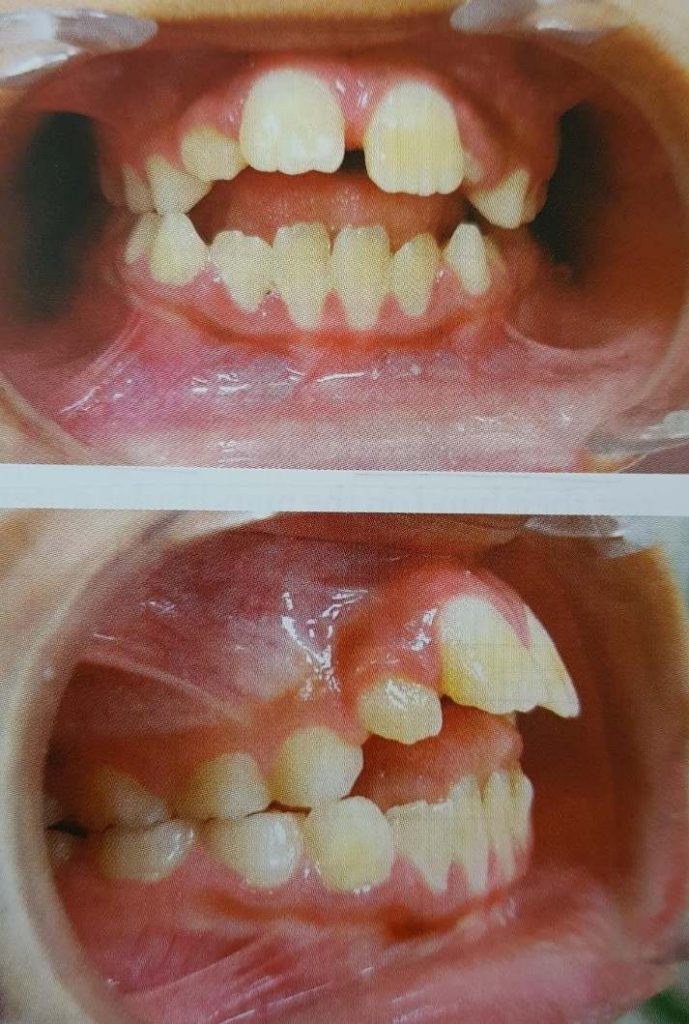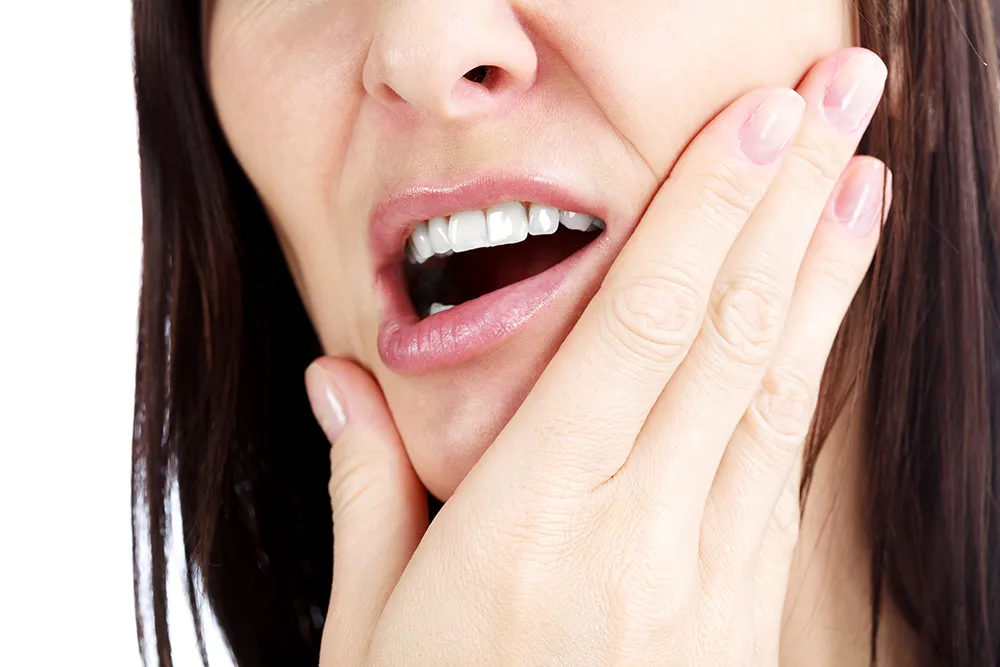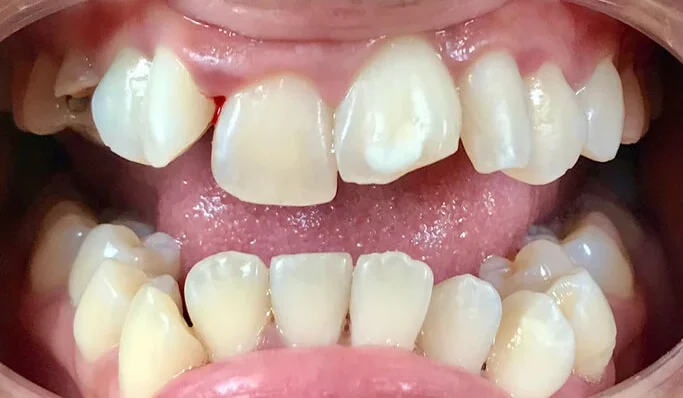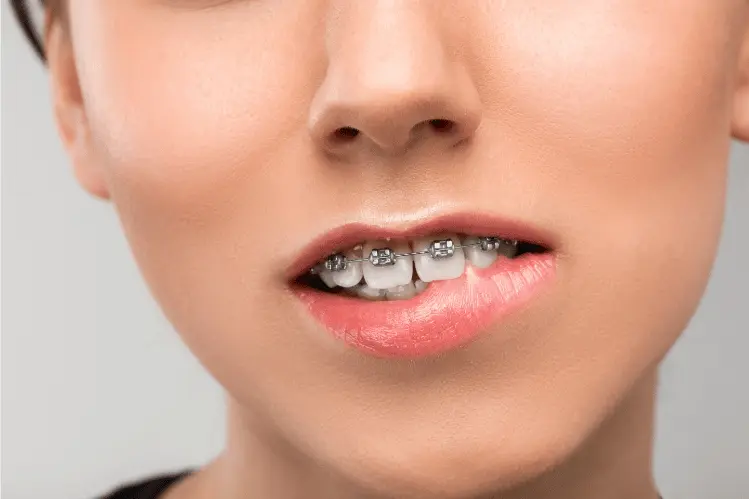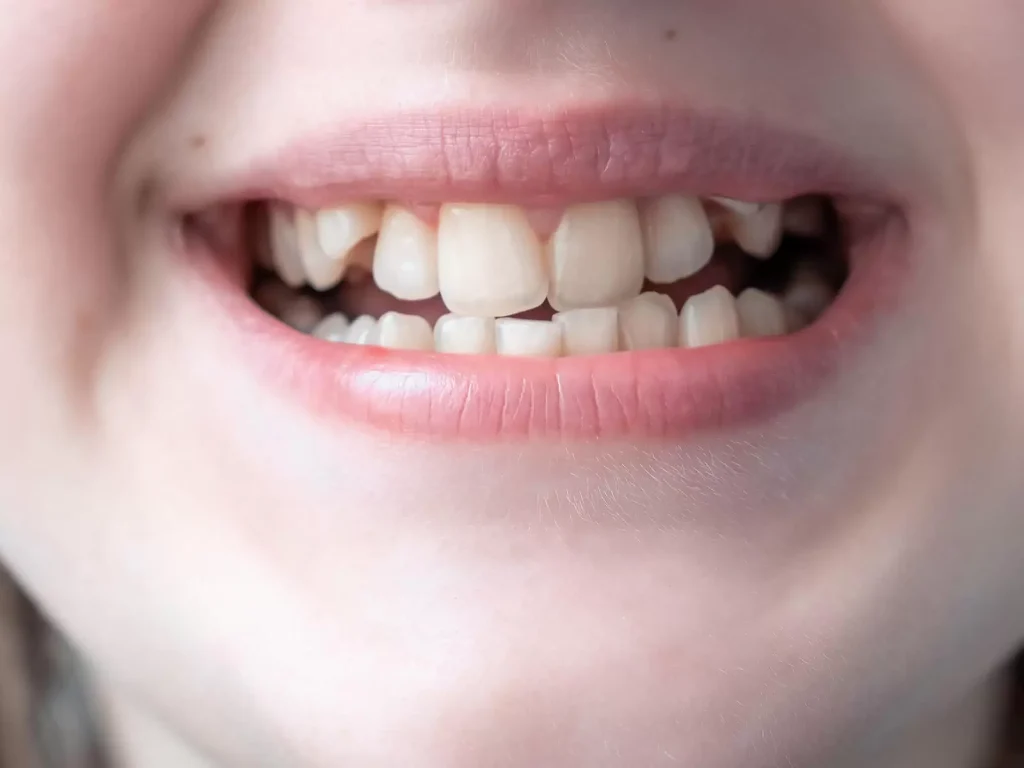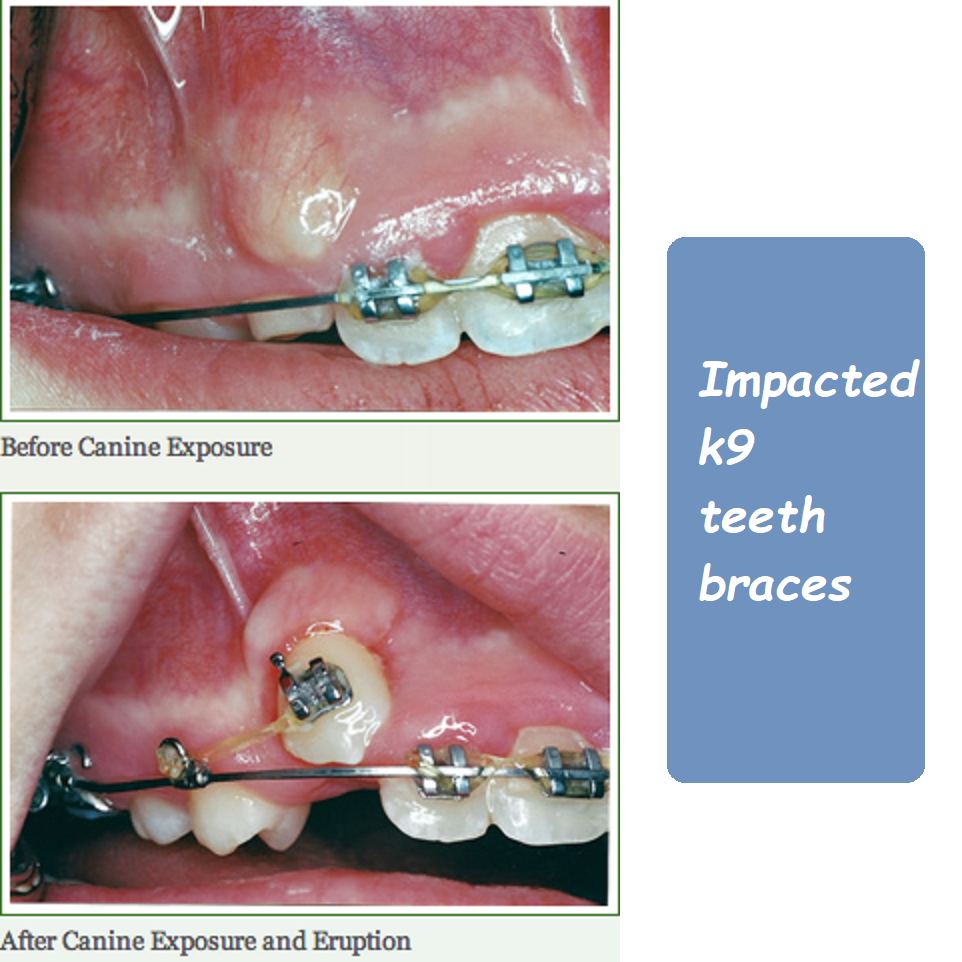Scissors teeth
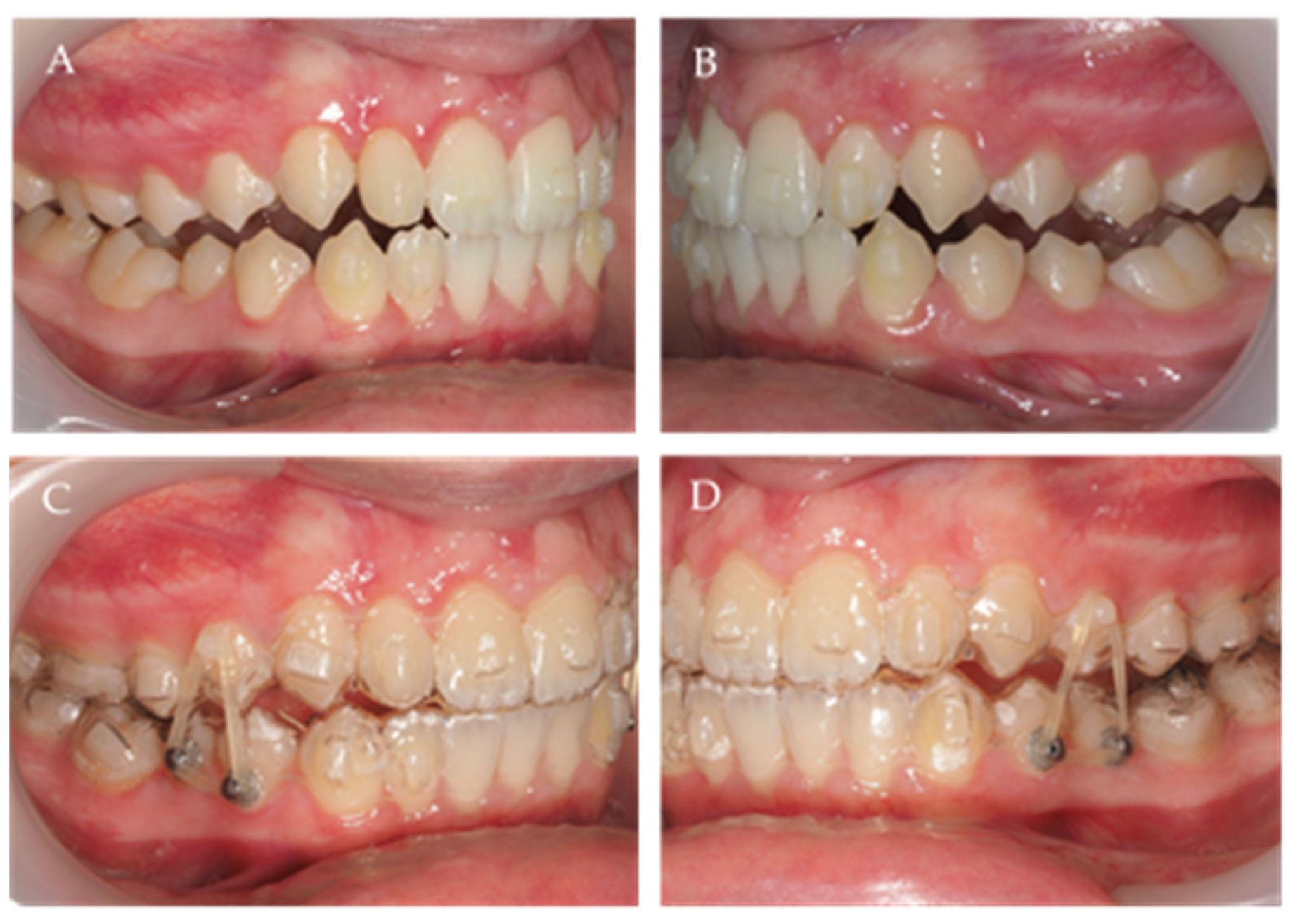
Scissors Teeth: Understanding This Unique Dental Condition
When you hear the term “scissors teeth,” you might picture something sharp or cutting, but in the world of dentistry, it refers to a specific type of bite alignment that can have significant effects on your oral health. This unique dental condition, also known as a “scissors bite” or “crossbite,” occurs when the upper and lower teeth don’t align properly when the mouth is closed. If you’re dealing with scissors teeth or are curious about the condition, this comprehensive guide will explain what it is, its causes, potential complications, and the various treatment options available to help you achieve a healthier smile.
What Are Scissors Teeth?
Scissors teeth refer to a specific type of malocclusion, or misalignment, where the upper teeth overlap the lower teeth in a way that resembles the blades of a pair of scissors. In a healthy bite, the upper teeth should slightly overlap the lower teeth, with the molars fitting neatly together like pieces of a puzzle. However, in the case of scissors teeth, one set of teeth (usually the upper teeth) extends too far over the corresponding lower teeth, causing an improper bite.
Scissors teeth can affect both the front teeth (anterior scissors bite) and the back teeth (posterior scissors bite), and they can occur on one side of the mouth (unilateral) or both sides (bilateral). This condition can vary in severity, from mild cases where the overlap is minimal to more severe cases where the misalignment significantly affects chewing, speech, and overall oral health.
Causes of Scissors Teeth
Understanding the causes of scissors teeth can help in both preventing and treating the condition. Several factors can contribute to the development of this type of malocclusion, including:
1. Genetics
As with many dental conditions, genetics play a significant role in the development of scissors teeth. If one or both of your parents had a similar bite misalignment, you might be more likely to inherit it. The size and shape of your jaws and teeth, which are largely determined by genetics, can contribute to how your teeth align as they grow.
2. Jaw Growth Discrepancies
Scissors teeth can occur when there is a discrepancy in the growth of the upper and lower jaws. If one jaw grows faster or more prominently than the other, it can lead to an improper bite. For example, if the upper jaw is too large or the lower jaw is too small, the upper teeth may overlap the lower teeth excessively, resulting in a scissors bite.
3. Tooth Positioning
The position of individual teeth can also contribute to scissors teeth. If certain teeth are tilted, rotated, or positioned too far forward or backward, it can lead to misalignment when the jaws close. This can be due to various factors, including early loss of baby teeth, prolonged thumb-sucking, or the use of pacifiers beyond infancy.
4. Habits and Behaviors
Certain habits and behaviors during childhood can influence the development of scissors teeth. Prolonged thumb-sucking, tongue thrusting (where the tongue pushes against the teeth while swallowing), or using a bottle or pacifier for an extended period can all contribute to malocclusion. These habits can affect the alignment of the teeth and the growth of the jaws, potentially leading to a scissors bite.
5. Trauma or Injury
In some cases, trauma or injury to the face or jaw can lead to the development of scissors teeth. An injury that affects the alignment of the jaws or the position of the teeth can result in a misaligned bite, particularly if the injury occurs during a period of active jaw growth.
The Impact of Scissors Teeth on Oral Health
Scissors teeth are more than just a cosmetic concern. This type of malocclusion can have significant implications for your oral health, affecting everything from how you chew and speak to your risk of dental problems. Here are some of the key ways scissors teeth can impact your oral health:
1. Difficulty Chewing
One of the most noticeable effects of scissors teeth is difficulty chewing. When your teeth don’t align properly, it can be challenging to bite and chew food effectively. This can lead to uneven wear on your teeth, discomfort while eating, and even digestive issues if food isn’t chewed thoroughly.
2. Increased Risk of Tooth Wear and Damage
Because scissors teeth create an abnormal bite, they can cause excessive wear on certain teeth. The constant friction and pressure between the misaligned teeth can lead to enamel erosion, chipping, or even cracking. Over time, this can increase the risk of cavities, tooth sensitivity, and other dental issues.
3. Jaw Pain and Discomfort
A misaligned bite can put extra stress on your jaw joints and muscles, leading to pain and discomfort. This condition, known as temporomandibular joint disorder (TMJ or TMD), can cause symptoms such as jaw pain, headaches, earaches, and difficulty opening or closing your mouth.
4. Speech Problems
Scissors teeth can also affect your speech, particularly if the misalignment is severe. You might have difficulty pronouncing certain sounds, leading to a speech impediment. This can be especially concerning for children, as speech issues can impact their confidence and communication skills.
5. Gum Problems
Misaligned teeth can make it harder to maintain good oral hygiene, as it may be difficult to brush and floss certain areas effectively. This can lead to an increased risk of gum disease, as plaque and bacteria can build up in areas that are hard to reach. Gum problems can worsen over time, potentially leading to gum recession, bone loss, and tooth loss if not addressed.
How Are Scissors Teeth Diagnosed?
If you suspect you have scissors teeth, the first step is to schedule a visit with your dentist or orthodontist. They will perform a thorough examination of your teeth and bite to determine if a scissors bite is present. The diagnosis typically involves the following steps:
1. Visual Examination
Your dentist will visually examine your teeth and bite to assess their alignment. They may ask you to bite down, open and close your mouth, and move your jaw from side to side to observe how your teeth come together.
2. Impressions and X-Rays
In some cases, your dentist may take dental impressions (molds of your teeth) and X-rays to get a more detailed view of your bite and the position of your teeth. These tools can help identify any underlying issues with the jawbones or the roots of the teeth that may be contributing to the malocclusion.
3. Bite Analysis
Your dentist may perform a bite analysis to evaluate how your teeth fit together when you close your mouth. This analysis can help identify any areas of the bite that are not aligning properly and determine the severity of the scissors bite.
Treatment Options for Scissors Teeth
If you’ve been diagnosed with scissors teeth, don’t worry—there are several treatment options available to help correct the misalignment and improve your oral health. The right treatment for you will depend on the severity of the condition, your age, and your overall dental health. Here are some of the most common treatment options:
1. Braces
Braces are one of the most effective and widely used treatments for correcting scissors teeth. Traditional metal braces, ceramic braces, or lingual braces (braces placed on the back of the teeth) can be used to gradually shift the teeth into their proper positions. The process involves attaching brackets to the teeth and connecting them with wires, which are adjusted over time to move the teeth into alignment.
2. Invisalign
For those who prefer a more discreet option, Invisalign may be a suitable alternative to traditional braces. Invisalign uses a series of clear, removable aligners to gradually move the teeth into the correct position. These aligners are custom-made for your teeth and are replaced every few weeks as your teeth shift. Invisalign is particularly popular among adults and teens who want to correct their bite without the appearance of metal braces.
3. Orthodontic Appliances
In some cases, your orthodontist may recommend the use of orthodontic appliances, such as palatal expanders or retainers, to help correct the alignment of the teeth and jaws. A palatal expander is used to widen the upper jaw, creating more space for the teeth to fit together properly. Retainers are often used after braces or Invisalign treatment to maintain the new alignment of the teeth.
4. Jaw Surgery
For severe cases of scissors teeth, especially those caused by significant jaw discrepancies, jaw surgery (orthognathic surgery) may be necessary. This procedure involves repositioning the jaws to achieve a more balanced bite. Jaw surgery is typically performed by an oral and maxillofacial surgeon in conjunction with orthodontic treatment. It is generally reserved for cases where other treatments have been ineffective or are not viable.
5. Tooth Reshaping
In mild cases of scissors teeth, tooth reshaping or contouring may be an option. This procedure involves removing small amounts of enamel to alter the shape of the teeth and improve their alignment. Tooth reshaping is a conservative treatment that can provide immediate results, but it’s only suitable for minor adjustments.
Living with Scissors Teeth: Tips for Managing the Condition
If you’re living with scissors teeth, there are steps you can take to manage the condition and minimize its impact on your oral health. Here are some tips to help you maintain a healthy smile:
1. Practice Good Oral Hygiene
Maintaining excellent oral hygiene is crucial, especially if you have misaligned teeth. Brush your teeth at least twice a day and floss daily to remove plaque and food particles from between your teeth. Consider using an electric toothbrush and interdental brushes to reach areas that are difficult to clean with a regular toothbrush.
2. Visit Your Dentist Regularly
Regular dental check-ups are essential for monitoring the health of your teeth and gums. Your dentist can identify any potential issues early and provide treatment to prevent complications. If you’re undergoing orthodontic treatment for scissors teeth, make sure to attend all scheduled appointments with your orthodontist.
3. Be Mindful of Your Diet
Certain foods can be harder to chew if you have scissors teeth, and some foods can increase the risk of tooth wear or damage. Try to avoid overly hard or sticky foods that can put extra stress on your teeth. Instead, opt for softer, easier-to-chew options, and make sure to eat a balanced diet rich in vitamins and minerals to support your oral health.
4. Use a Night Guard
If you grind or clench your teeth at night (a condition known as bruxism), a custom-made night guard can help protect your teeth from excessive wear. Grinding can exacerbate the effects of scissors teeth, so wearing a night guard can help prevent further damage.
5. Consider Treatment Options
If your scissors teeth are causing discomfort, difficulty chewing, or other issues, consider seeking treatment. Correcting the alignment of your teeth can improve your quality of life and reduce the risk of long-term oral health problems. Consult with your dentist or orthodontist to discuss your options and determine the best course of action for your situation.
Frequently Asked Questions About Scissors Teeth
Q: Can scissors teeth correct themselves over time?
A: In most cases, scissors teeth will not correct themselves without treatment. While some minor misalignments may improve slightly as a child’s jaw grows, more severe cases typically require orthodontic intervention to achieve proper alignment.
Q: Are scissors teeth common?
A: Scissors teeth are less common than other types of malocclusion, such as overbites or underbites. However, they do occur and can affect individuals of all ages. Early diagnosis and treatment are key to preventing complications.
Q: At what age should scissors teeth be treated?
A: Scissors teeth can be treated at any age, but early intervention is often recommended. Treating the condition during childhood or adolescence, when the jaws are still growing, can lead to more successful outcomes. However, adults can also benefit from orthodontic treatment for scissors teeth.
Q: Can Invisalign fix scissors teeth?
A: Yes, Invisalign can be an effective treatment for scissors teeth, particularly in mild to moderate cases. Invisalign aligners can gradually shift the teeth into the correct position, improving the alignment of the bite. However, severe cases may require more extensive treatment, such as braces or jaw surgery.
Conclusion: Taking Control of Your Dental Health with Scissors Teeth
Living with scissors teeth can be challenging, but with the right information and treatment, you can take control of your dental health and achieve a better-aligned smile. Whether you’re dealing with a mild case of misalignment or a more severe condition, there are options available to help you correct the issue and improve your quality of life.
If you suspect you have scissors teeth or have already been diagnosed with the condition, don’t hesitate to seek professional advice. Your dentist or orthodontist can guide you through the available treatment options and help you choose the best approach for your needs.
Remember, addressing scissors teeth isn’t just about aesthetics—it’s about maintaining the long-term health of your teeth, gums, and jaw. By taking proactive steps to manage and treat the condition, you can enjoy a healthier, more comfortable smile for years to come.

